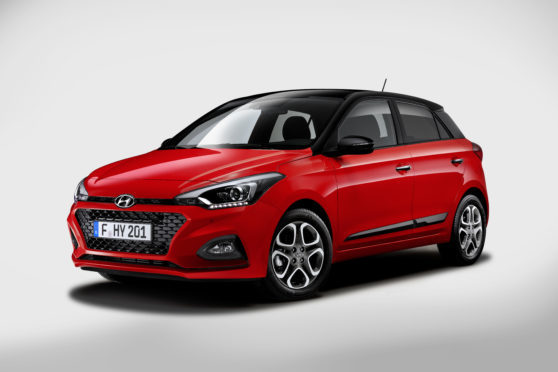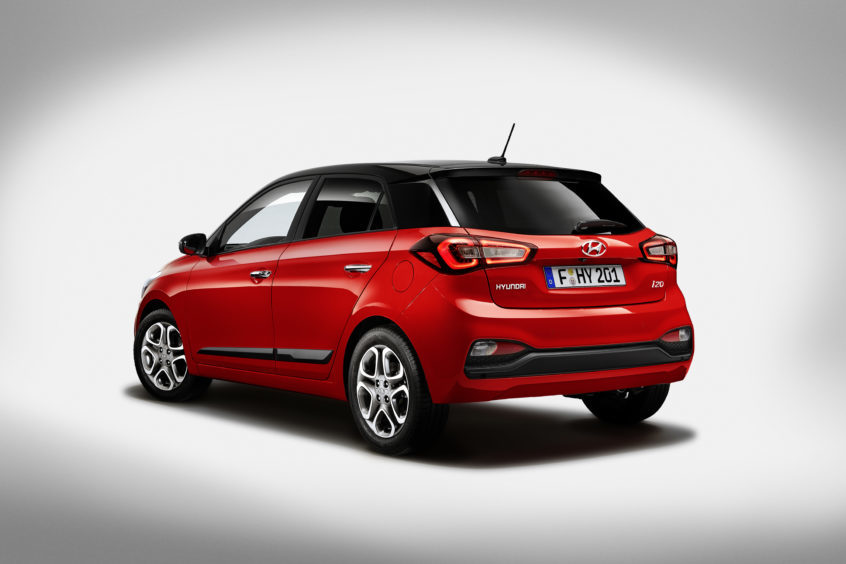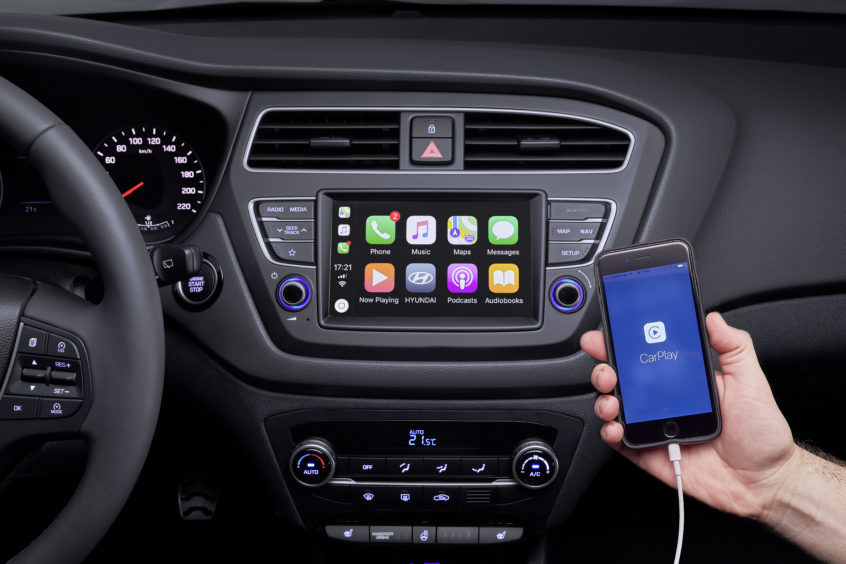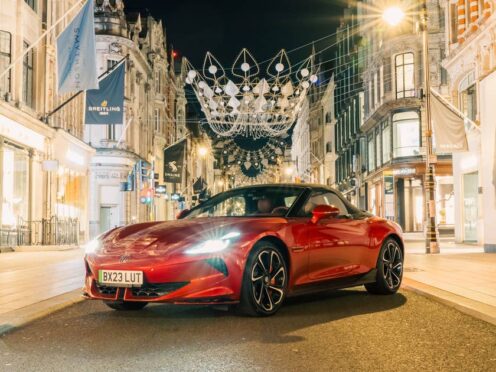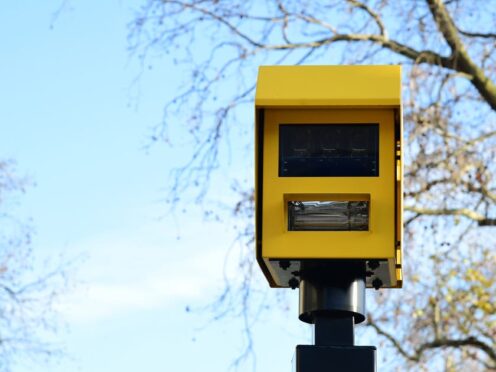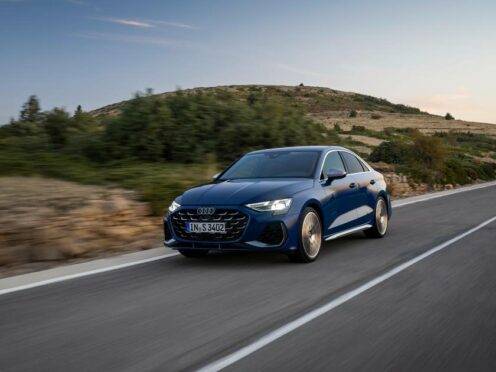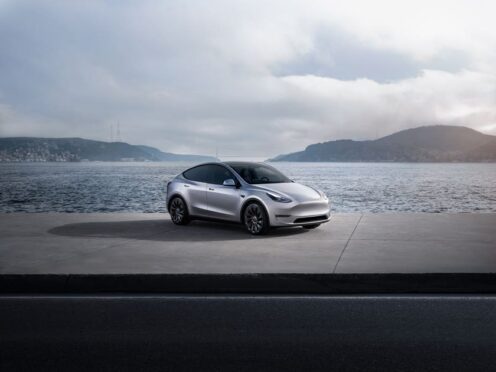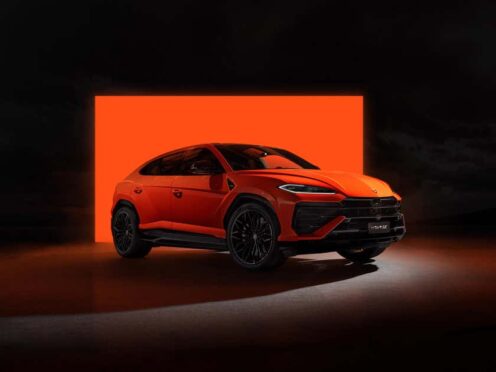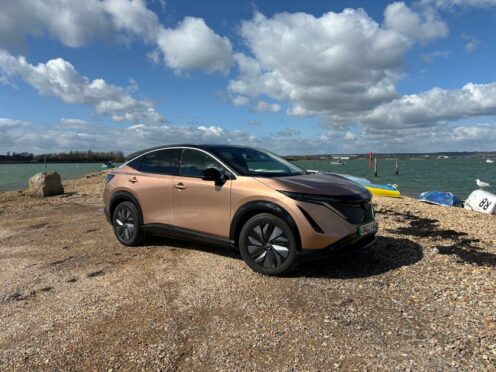Hyundai has given its i20 supermini a mid-life refresh.
Diesel is ditched, with the range now comprising petrol engines only, and the South Korean car maker has added a seven-speed dual clutch gearbox to the range for the first time.
Expected in showrooms in June, the updates apply to both the three-door coupé and five-door hatchback versions of the i20 supermini.
Styling changes include revisions to the front and rear bumpers, the addition of the brand’s signature cascading grille, new 15 and 16-inch wheel designs and two-tone paintwork.
Models in S and SE specification gain a new seven-inch display audio system with Apple CarPlay and Android Auto smartphone compatibility. Higher up the range, Premium Nav and Premium SE Nav models get an upgraded infotainment system, again based around a seven-inch screen and smartphone compatible.
The new seven-speed automatic transmission, which is said to improve comfort and efficiency, is launched alongside stop/start technology that’s now standard for the whole range.
Hyundai has removed the option of the 1.4-litre diesel engine from the i20 line-up. That means engine options now include the 99bhp or 118bhp version of the 1.0-litre three-cylinder turbo. A 74bhp or 84bhp version of the 1.2-litre naturally aspirated petrol engine also remains part of the line up.
The 1.2-litre and 100hp 1.0-litre are supplied with a five-speed manual gearbox, the 120hp unit with a six-speed, but this can now also be matched to the seven-speed dual clutch auto transmission, never before offered in the i20 line-up.
Hyundai is also significantly updating the i20’s safety specification, introducing its SmartSense package as standard on SE models and above.
Lane departure warning and Lane Keeping Assist are available, as is autonomous emergency braking and a driver attention alert that monitors driving patterns and activates sounds and instrument panel messages if it senses the driver is becoming fatigued.
The refreshed i20 will go on sale in June with prices expected to start from around £12,000.
